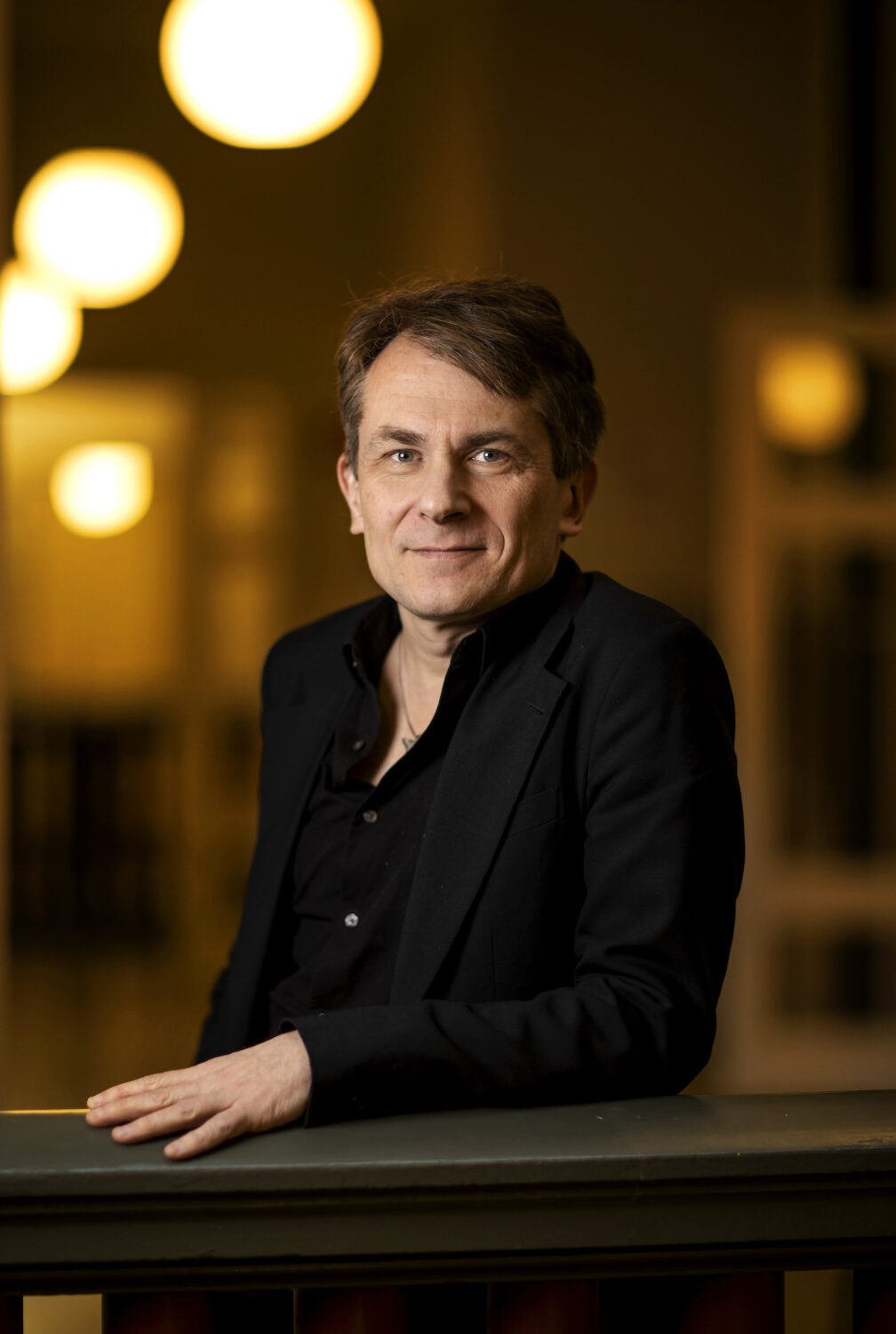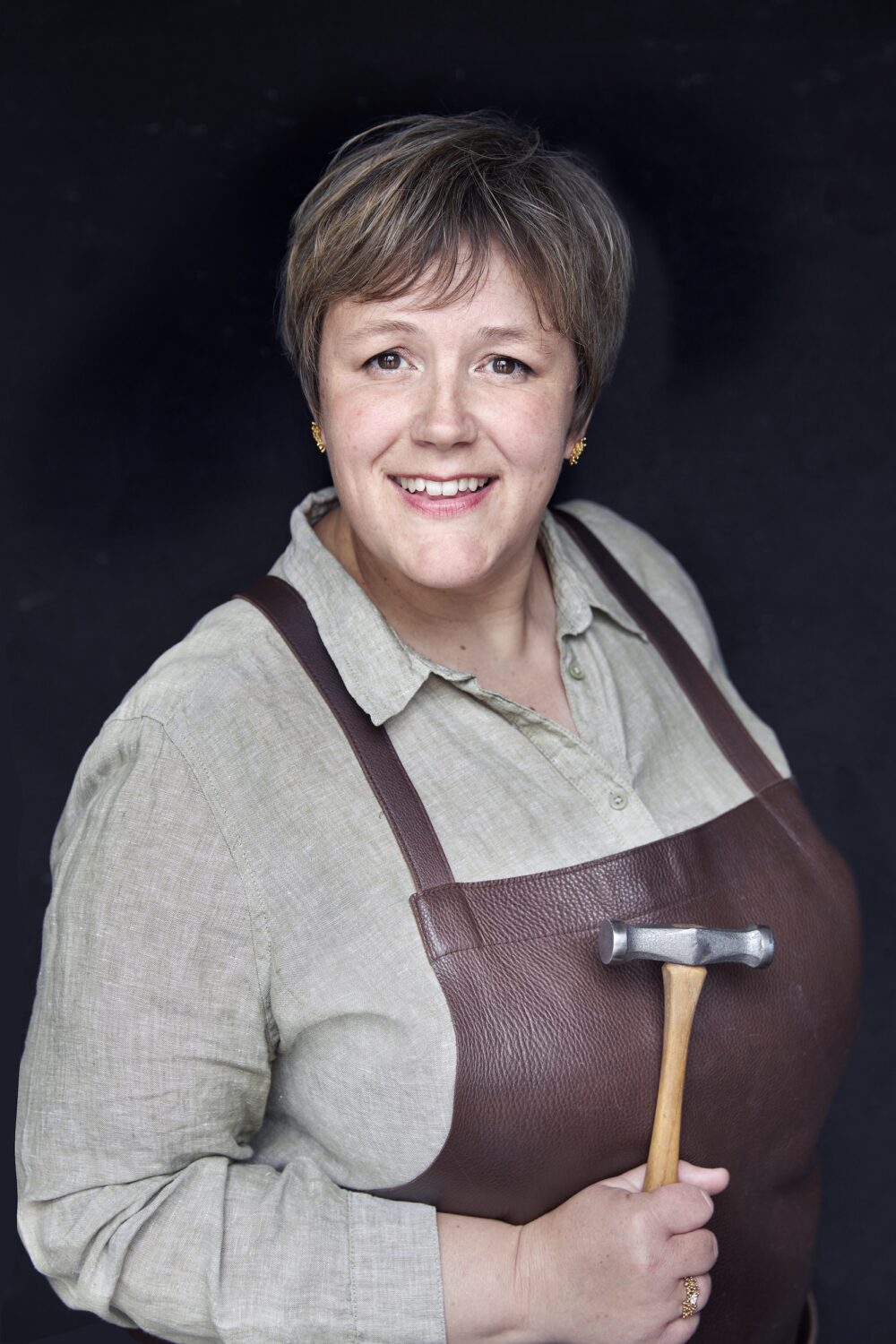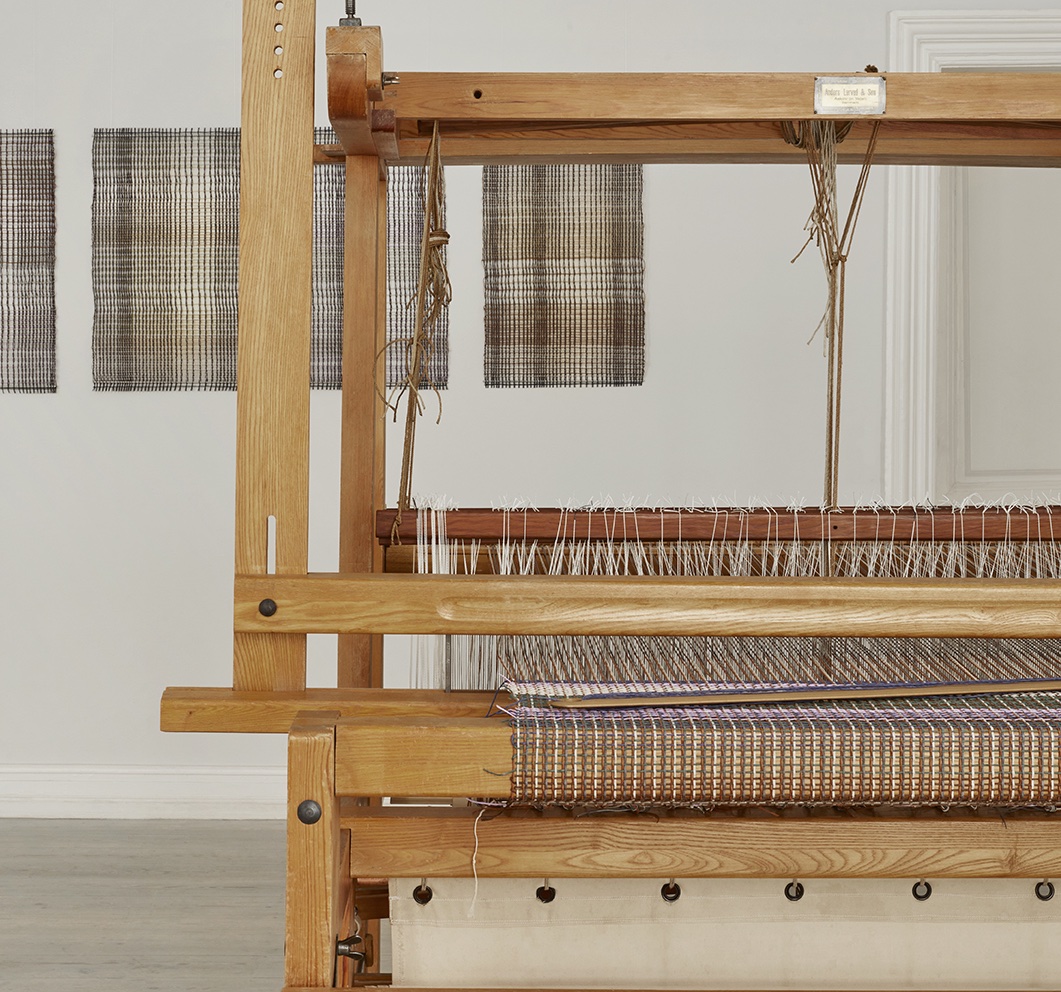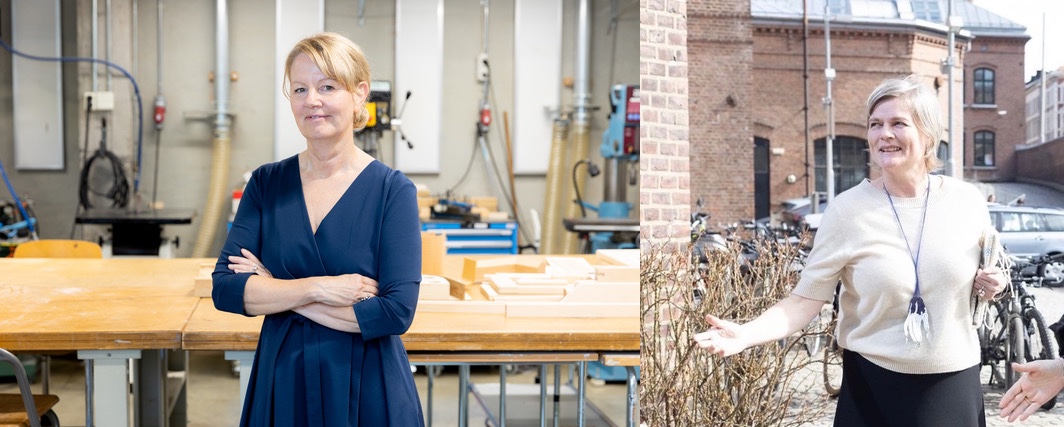Although crafts and design education in many ways resemble each other in Norway and Denmark, there are also differences, explains Irene Alma Lønne, rector of AHO, the Oslo School of Architecture and Design. She explains that one of the major differences is that Norway did not have good opportunities to establish education while Denmark ruled Norway – Norwegians were educated abroad and many in Denmark. For the same reason, there are also fundamental differences in Norwegian educational history, as it is young compared to the Danish. There is a very strong tradition of private education and a large geographical spread.
Today, the state-funded design and crafts education in Norway and Denmark resemble each other in terms of reputation and recognition, says Lønne, who also emphasizes that the education institutions are experiencing more political pressure and budget cuts than before:
‘Norway has invested massively in the education sector for many years, but in recent years, there have been new political priorities, and now we are implementing tight policies with economic cutbacks. There’s a strong focus on societal relevance and the need for labor force dominating the rhetoric. Much of Norwegian education and research policy resembles that of Denmark, and many of the same trends that characterize education policy in Denmark are making their way to Norway.’
Design education is costly
Fundamentally, it’s about design education proving its societal worth – and delivering clearer results while receiving fewer resources. Irene Lønne explains that during the period of investment in education and research, excellent facilities for crafts and design education have been established with workshops and studios. At the same time, these educations are expensive because they require infrastructure, higher teacher coverage, and sometimes costly materials. Irene Lønne emphasizes that in Denmark, there’s a slightly different tradition and a larger critical mass that has formed the basis for an influential class, which has been able to articulate the importance of art and design on a political basis:
‘Another significant difference, I believe, is that architecture and design in Denmark, compared to Norway, became part of the construction of the welfare state, especially in the 1950s but also earlier, and that we in Denmark had a significant ‘creative class,’ which has not been as dominant in Norway in quite the same way. Architecture and design are a much larger part of the Danish DNA than the Norwegian, although there are also strong traditions here. The political awareness of architecture and design as, for example, export potential is not as well developed. Many Norwegians are educated abroad, including in design and architecture – many also come to Denmark both to colleges and to the Royal Academy and the School of Architecture in Aarhus.’
The technological, the commercial, and the artistic are prioritized
According to Marianne Skjulhaug, rector of KHiO, the Oslo National Academy of the Arts, the design education in Norway today spans broadly with various profiles and approaches, encompassing the technological, commercial, and artistic aspects:
‘I think it’s impressive and enriching for the field. At KHiO, the artistic dimension is absolutely central. In our strategy, we emphasize the importance of strengthening the artistic core,’ she says.
In this context, the workshops at KHiO are crucial for several aspects of the education, Skjulhaug explains:
‘KHiO perhaps has some of the best workshop facilities in the Nordic region. This opens up fantastic opportunities for students to explore different techniques and materials. For KHiO, the workshops literally help shape the content of the study programs and thus the learning environments.’
At the same time, she points out, like Irene Lønne, that the education institutions are affected by budget cuts, making it challenging to fully utilize the workshops’ potential. Therefore, at KHiO, they are working on finding the best solutions to strengthen the role and significance of the workshops.
Marianne Skjulhaug mentions that political support for the area is declining, and this has led to pressure on arts education in Norway:
‘Financing is being reduced, and unfortunately, there is very little understanding that arts education is particularly costly, on par with and sometimes more expensive than, for example, medicine. I fear that politicians do not understand the importance of educating ‘homegrown’ artists at a high international level. I put ‘homegrown’ in quotes because I believe that art knows no bounds. But at the same time, for a nation to be able to educate artists who contribute both locally and internationally is, I would argue, like having a societal glue that can counteract fragmentation and polarization. I would call prioritizing arts education a good investment in tolerance and democratic values.’
The future plan focuses on interdisciplinary and research-based approaches
Similar to Denmark, crafts and design education in Norway have undergone academization. This, coupled with budget cuts and increased political pressure, leads to discussions at KHiO on how the education should look in the future, says Marianne Skjulhaug:
‘One of the major discussions we have at KHiO is the extent to which we should integrate subjects and collaborate more across study programs and disciplines. There are expectations for both more collaboration across fields and the need to maintain academic specialties. As I see it, we must find a good balance between academic judgments and the given economic conditions.’
The other major area of development involves artistic development and research, artistic research. It is a young area that requires prioritization, says Skjulhaug:
‘The critical and necessary discussion about the academization of our field depends on whether we can develop research in the coming decades that takes place through art, as the Norwegian doctoral degree requires. That knowledge production really occurs with artistic approaches and methods. Here, I am optimistic.’
Academization strengthens the design field
According to Irene Lønne, academization has helped strengthen the design field, and in the future, it will also be crucial for the design education to be scientifically grounded and thus contribute to society.
‘The academic status is undoubtedly central for recognition in Norway. Here, too, there are many types of design education of shorter and more professionally oriented nature, and here, a master’s degree means something. And it’s the same in Norway as in Denmark, that to obtain an academic degree, it requires research-based teaching. It’s highly prestigious to be able to provide education up to a PhD level and has great significance for the disciplines.’
Irene Lønne explains that at the Oslo School of Architecture and Design, they do not themselves educate PhDs on an artistic basis, although this exists in Norway. However, many teachers are employed based on their artistic practice up to the professor level:
‘This means that we – and the other artistic educational institutions – can work with artistic development on an equal footing with the scientific and integrate it into the teaching and the knowledge output we provide.’
Although academization has made its way, the tradition of apprenticeship in Norway has been strong, and there are still elements of it that are relevant and valuable, which should be considered in future education, points out Marianne Skjulhaug:
‘In a changing world, where we experience an ever-increasing complexity and access to endless amounts of information, this model (apprenticeship, Ed.) is naturally challenged. What should the student learn from the master? Is the knowledge limited to the master’s insight? New forms of learning, where students and teachers are more equal, provide a good learning environment. At the same time, I believe that the master can still have a role to play in our education because there is practical relevance in the master’s competence, which is valuable. How this should be managed is demanding in a university and college sector that does not see the particular challenges the arts education faces.’
The design education contributes to solving future challenges
Both rectors believe that design education is essential for the challenges our society and the world face. Design education can help find innovative and creative solutions – and that point should be articulated more so that the importance of prioritizing arts and design is understood at multiple levels.
‘All of us who have design education at our institutions are concerned with how design contributes to society as a whole. I have no doubt that design education is important for the future and the major challenges we face,’ says Irene Lønne.
She adds that for many years, there has been high employment for design graduates from AHO:
‘They specialize in industrial design, interaction design, and service design and are in high demand. However, we must constantly be very concrete in our rhetoric about the necessity of design skills in the future. Our graduates contribute to both public and private companies to create change and better user and citizen integration for important areas such as taxation, healthcare, green transition, and so on. They excel in combining technology and design.’
Facts
KHiO – Oslo National Academy of the Arts
KHiO offers education in crafts, fine arts, design, and performing arts. The study program in crafts and fine arts offers a master’s in art and public space, a master’s in medium- and material-based art, as well as a bachelor’s in medium- and material-based art.
The study program in design offers a master’s in design, as well as a bachelor’s in the following: clothing and costume design, furniture and interior architecture, and graphic design and illustration.
AHO – Oslo School of Architecture and Design
The Oslo School of Architecture and Design (AHO) is an international scientific education institution within architecture, design, landscape architecture, and urbanism.
Theme: The Changed Educational Landscape
In light of the upcoming reform in the design schools’ curriculum, Formkraft explores how the education in crafts and design has evolved and what it means for the field.
Further reading…
The archive contains a treasure trove of articles on the subject. Search for Education or read these stories:
Interview: Troels Degn on Design Education in Denmark: Academicization is Not the Problem
The academicization of Danish crafts and design education has faced much criticism, particularly from the students’ side. However, according to Troels Degn Johansson, former lecturer and department head at the Royal Academy, academicization has lifted the education in several areas.
Read interview

Education is needed to ensure a golden future for the goldsmith profession
The goldsmith profession today involves both developing jewellery that celebrates relationships and important events, and commenting on current issues through craftsmanship. However, the Elder of the Goldsmith Guild, Lone Løvschal, is concerned about the future professionalism.

Reinventing craft
About the interplay of craft, design and other terms used to describe the field in Denmark.

Sign up for our newsletter
Sign up for Formkraft’s newsletter and receive information about new articles as well as tips on relevant conferences and books. Sign up here.


